
The Power of Architecture: Can We Make the World a Better Place?
Power of Architecture
“Everything is designed, only few things are designed well.”
David Allen Coe
If you could have the power to change the limits of everything in your life, increase your productivity, make sure your stays in a hospital were lesser, or your marriage and relationships longer if you could have the power to make sure you always have the energy to work and produce, increase your happiness by so much more, would you?
Architecture is a tool that allows you to shape and conform your life, to ensure better living and a longer healthier life. The smallest changes in your living space, or any space for that matter can have a colossal impact. Colors primarily play a huge role in mood and tone, Placement plays an impactful role in efficiency, and sustainable spaces play an important role in longevity.
Designing can change the way we look at life and the way we feel about everything in our environment. Architecture, and good architecture, can change the way we work toward productivity, and emotional states, and it can overall help us have a higher quality of life
“We shape our buildings, and afterwards, they shape us.”
Winston Churchil
Creating Culture and Identity
Architecture serves as a tangible expression of cultural identity and heritage, weaving a narrative that connects past, present, and future generations. It serves as a celebration of history by materializing events, traditions, and values. It reflects the unique identity and character of local communities by incorporating elements of vernacular architecture and traditional craftsmanship. It’s a platform for cultural exchange and dialogue, bridging divides and fostering understanding between diverse communities. Contemporary architecture offers opportunities to reinterpret traditional design principles in innovative ways, blending modern aesthetics with cultural motifs and symbols.
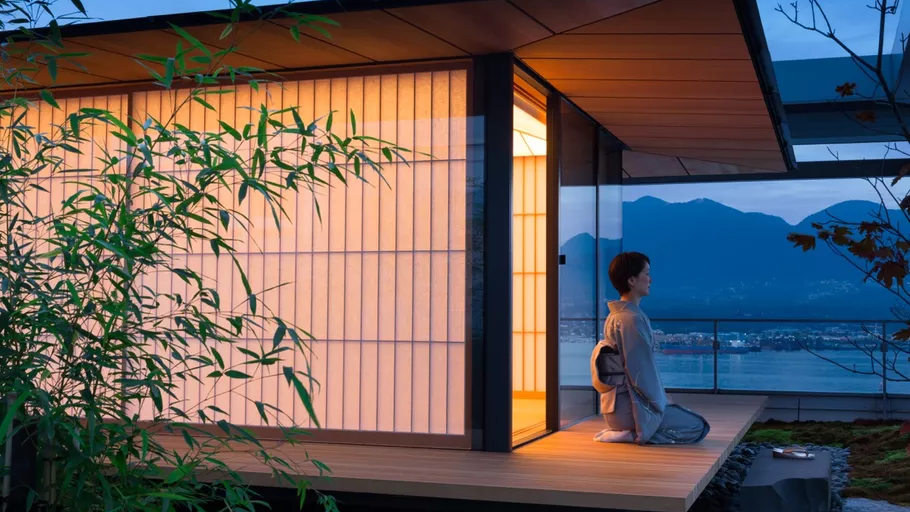

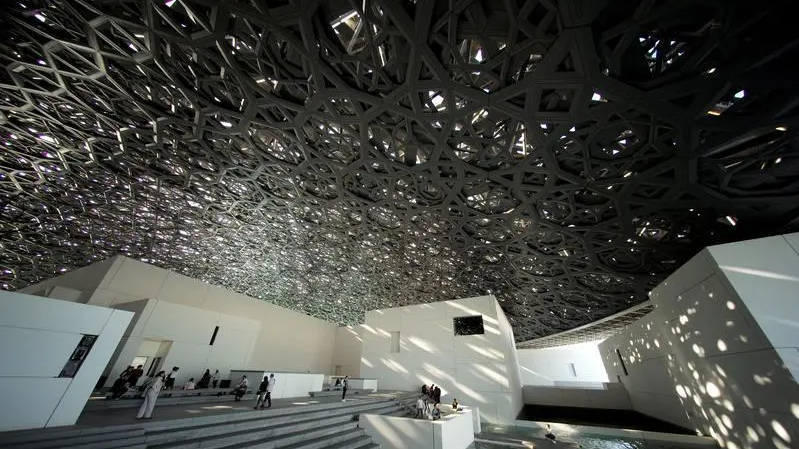
Historical landmarks, such as the Taj Mahal in India or the Pyramids of Giza in Egypt, stand as enduring symbols of cultural identity, showcasing the architectural prowess and cultural richness of past civilizations. These iconic structures serve as tourist attractions and instill a sense of pride and belonging among local communities, reinforcing their cultural heritage for generations to come.
In regions like Japan, traditional wooden temples and tea houses exemplify the harmonious integration of nature and architecture, embodying centuries-old traditions and cultural values. Similarly, adobe dwellings in the American Southwest or thatched-roof cottages in rural England evoke a sense of place and belonging, celebrating local customs and architectural heritage.
Cultural centers, museums, and art galleries provide spaces for showcasing diverse artistic expressions and heritage, promoting cross-cultural dialogue and appreciation. For instance, the Louvre Abu Dhabi in the United Arab Emirates serves as a cultural beacon, bringing together artworks from around the world to celebrate humanity’s shared cultural heritage and promote intercultural understanding.
Architectural landmarks like the Sydney Opera House in Australia or the Guggenheim Museum Bilbao in Spain push the boundaries of design, creating iconic structures that become synonymous with their respective cities’ identities. By embracing modern interpretations of cultural heritage, architects breathe new life into traditional forms, ensuring their relevance in a rapidly changing world.
Fostering Social Interaction and Connectivity
“Architecture is the learned game, correct and magnificent, of forms assembled in the light.”
Le Cobrusier
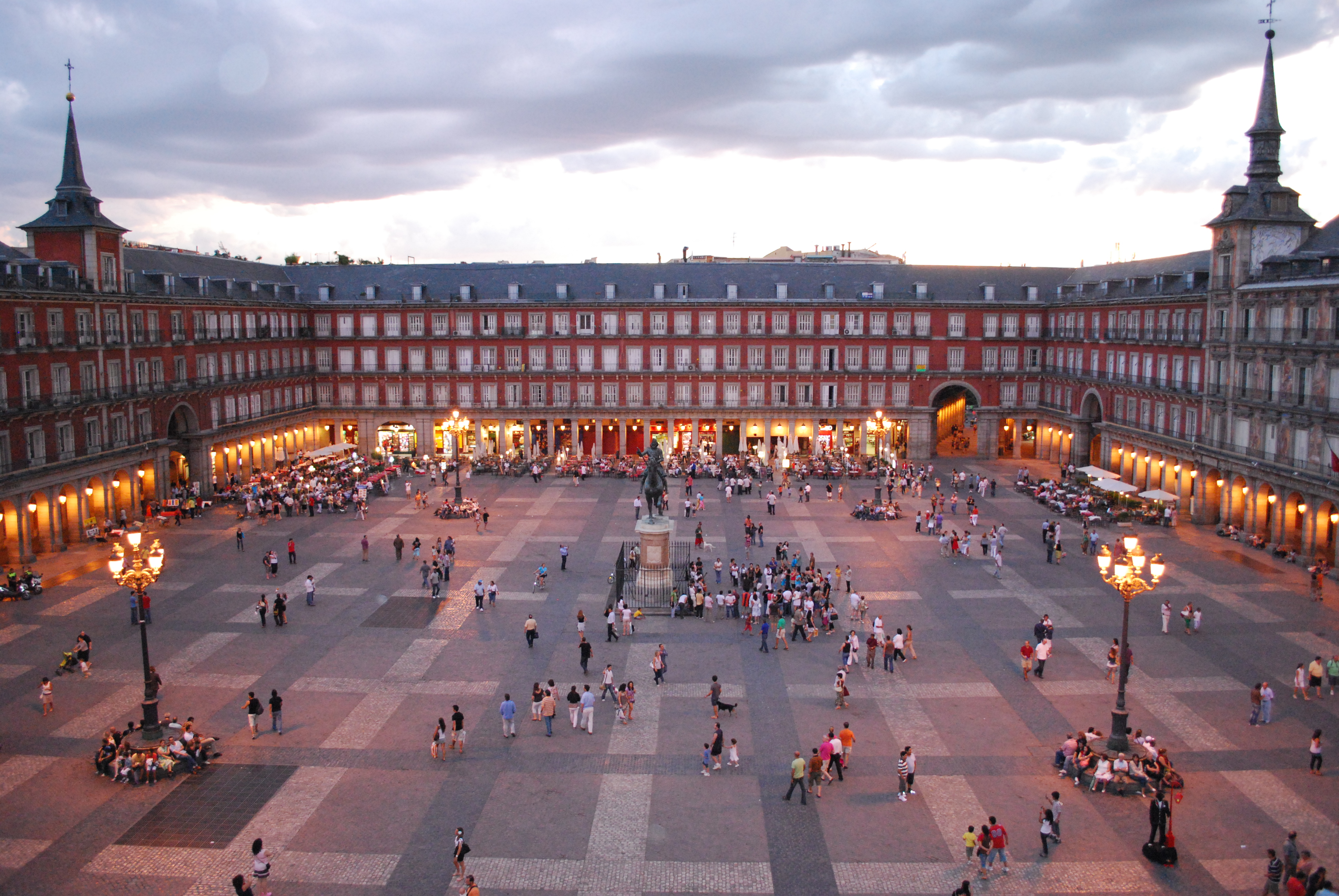

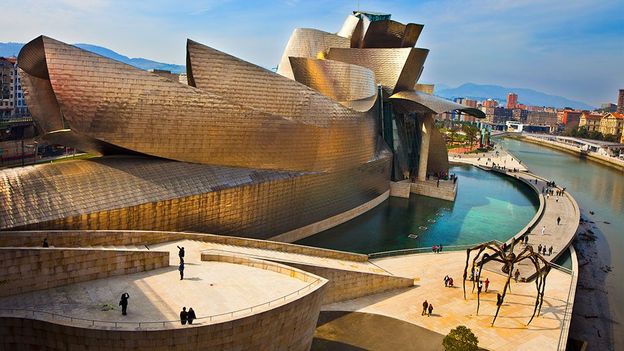
Thoughtfully designed public spaces, such as parks, plazas, and community centers, serve as gathering points where people come together to interact, engage, and build social bonds. These spaces nurture a sense of community and belonging, breaking down barriers and promoting inclusivity and diversity in the urban fabric.
Take, for instance, the iconic Plaza Mayor in Madrid, Spain. This historic square has been a focal point of social life for centuries, serving as a venue for cultural events, markets, and public gatherings. Bordered by ornate buildings and bustling cafes, the plaza embodies the vibrancy and vitality of Spanish culture, providing a space where locals and tourists alike can come together to celebrate and connect.
Community centers and libraries play a vital role in fostering social cohesion and connectivity within neighborhoods. For example, the Seattle Central Library in Seattle, Washington, designed by architect Rem Koolhaas, serves as more than just a repository of books—it’s a dynamic hub of activity and interaction. With its striking architectural design and versatile spaces, the library invites visitors to engage in a variety of cultural and educational programs, from author readings to art exhibitions, fostering a sense of community and intellectual exchange.
Museums, theaters, and cultural institutions serve as beacons of creativity and expression, enriching the cultural fabric of cities and communities. The Guggenheim Museum in Bilbao, Spain, designed by architect Frank Gehry, is a prime example of architecture’s power to shape cultural identity. Its distinctive titanium-clad facade and innovative design have transformed the city’s skyline, attracting visitors from around the world and catalyzing a renaissance in Bilbao’s cultural scene.
By providing accessible and inviting spaces for social interaction and cultural exchange, architecture plays a pivotal role in strengthening community bonds and fostering a shared sense of identity. Whether through the design of urban plazas, community centers, or cultural institutions, architects have the opportunity to create environments that celebrate diversity, promote inclusivity, and enrich the social fabric of our cities and neighborhoods.
Promoting Environmental Sustainability
Our world is slowly collapsing, and our environment rapidly depleting. In the era where the earth pleads with our desperate action, architects play a pivotal role in giving us the powerful tools we need to reduce the damage caused. By embracing sustainable design principles and integrating eco-friendly technologies, architects have the power to minimize the environmental footprint of buildings and contribute to a healthier planet.
Embracing Passive Design Strategies
Passive design strategies harness the natural elements—sun, wind, and water—to create buildings that are energy-efficient and environmentally sensitive. For example, passive solar design utilizes the sun’s energy to heat and light buildings, reducing the need for artificial heating and lighting systems. By orienting buildings to maximize solar gain and incorporating features such as thermal mass and high-performance glazing, architects can create spaces that are comfortable year-round while minimizing energy consumption.
Integrating Green Infrastructure
Green infrastructure, such as green roofs, living walls, and permeable pavement, helps mitigate the adverse effects of urbanization on the environment. Green roofs, for instance, absorb rainwater, reduce stormwater runoff, and improve air quality by filtering pollutants. They also provide habitat for wildlife and help regulate temperature, reducing the urban heat island effect. By integrating green infrastructure into the built environment, architects can create cities that are not only more sustainable but also more livable and resilient to climate change.
Preserving Cultural Heritage
Historic preservation is essential for safeguarding the cultural heritage of communities and transmitting their identity to future generations. By restoring and repurposing historic buildings, architects breathe new life into old structures while honoring their architectural and cultural significance. For example, the adaptive reuse of industrial warehouses into vibrant cultural centers or mixed-use developments preserves the character of the built environment while meeting the evolving needs of society.
Architecture has the power to promote environmental sustainability and build a stronger sense of culture and identity. By embracing sustainable design principles and celebrating cultural diversity, architects can create a built environment that is not only environmentally responsible but also culturally rich, inclusive, and resilient for future generations.
Inspiring Creativity and Innovation
Renowned architect Frank Gehry once remarked, “Architecture should speak of its time and place, but yearn for timelessness.” This sentiment encapsulates the essence of architectural creativity—a balance between context and innovation, tradition and progress. Similarly, Zaha Hadid, celebrated for her avant-garde designs, famously stated, “There are 360 degrees, so why stick to one?” Her words underscore the limitless possibilities of architectural imagination, urging architects to explore uncharted territories and challenge conventional norms.
Architecture stands as a beacon of creativity and innovation, pushing the boundaries of design and engineering to new heights. Through visionary concepts, bold experimentation, and groundbreaking technologies, architects inspire awe and spark imagination in the minds of beholders. Let us delve deeper into this realm of architectural creativity, exploring quotes, examples, and visions that illustrate its transformative power.
The Guggenheim Museum Bilbao, designed by Frank Gehry, stands as a testament to the transformative power of architectural creativity. Its fluid, titanium-clad form defies convention, captivating visitors with its organic shapes and dynamic presence. The Sydney Opera House, envisioned by Danish architect Jørn Utzon, is another iconic example of architectural innovation. Its sail-like roofs and sculptural elegance have made it a global symbol of creative genius and cultural significance.
Looking to the future, architects continue to push the boundaries of creativity and innovation, envisioning bold new concepts and paradigms. The concept of biomimicry, for instance, draws inspiration from nature’s design principles, envisioning buildings that mimic the efficiency and resilience of natural ecosystems. Similarly, the rise of parametric design and digital fabrication technologies offers unprecedented opportunities for architectural experimentation, allowing architects to create complex, intricate forms that were once unimaginable.
Empowering Lives and Enhancing Well-being
The smallest changes in our routine, our environment, and our habits can drastically change our lives and how we perceive the world around us. The change in the color of our work walls, or our phone’s cover, even small changes like these change our mood and how we feel in the day. Architecture is this powerful tool that harnesses the superpower of changing how we perceive things, how we feel, and even the smallest changes in architecture around us can enhance our well-being and environment.
Natural Light and Ventilation

Introducing ample natural light and ventilation into living spaces can significantly enhance mood, productivity, and overall well-being. Simple design strategies such as strategically placed windows, skylights, and clerestory openings can maximize daylight penetration while promoting air circulation and reducing reliance on artificial lighting and mechanical ventilation systems.
Biophilic Design

Incorporating elements of nature into the built environment through biophilic design principles can promote a sense of tranquility, connection, and vitality. Features such as indoor plants, green walls, and natural materials evoke a sense of harmony with the natural world, reducing stress levels, improving cognitive function, and enhancing overall happiness and satisfaction.
Flexible Spaces
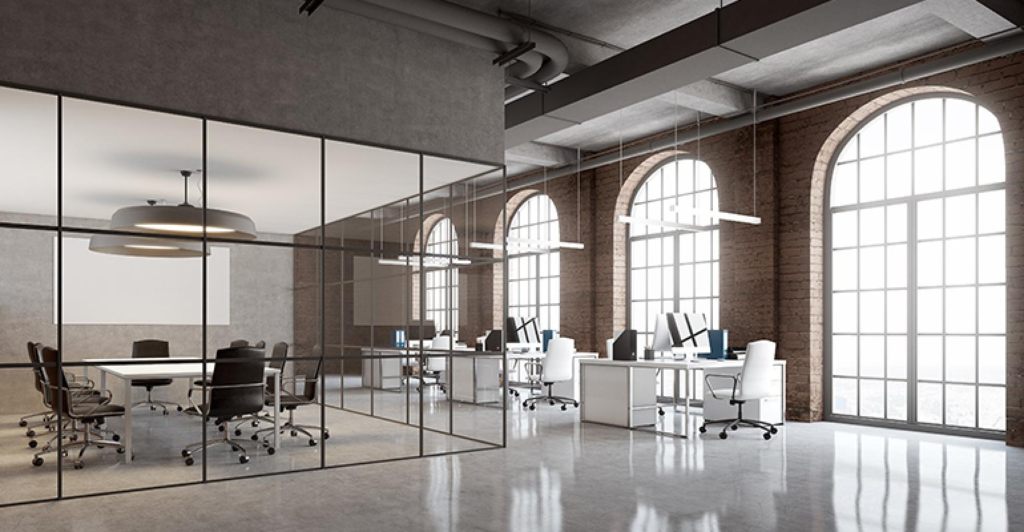
Designing flexible, adaptable spaces that can easily accommodate changing needs and activities promotes versatility and functionality. Multi-purpose rooms, modular furniture, and movable partitions allow spaces to be reconfigured quickly and efficiently, empowering users to customize their environment to suit their preferences and activities.
Visions For The Future
Architects hold such a powerful tool in their hands- Innovation. Neither Innovation nor creativity goes void. They are qualities that can enhance, and better themselves time and time again. Seeing as there’s always room for evolution, architects become overlords in molding our future. Architects have a unique opportunity to further empower lives and enhance well-being by embracing innovative design approaches and technologies.
Regenerative Design
Adopting regenerative design principles that prioritize environmental stewardship and resilience can help architects create buildings and communities that give back more than they take. Integrating renewable energy systems, rainwater harvesting, and sustainable materials into projects can minimize ecological footprints while promoting ecological restoration and regeneration.
Socially Sustainable Design
Focusing on socially sustainable design strategies that address issues of equity, affordability, and inclusivity can help architects create spaces that promote social cohesion and justice. Designing affordable housing, community centers, and public spaces that prioritize the needs of underserved communities can foster a sense of belonging and empowerment for all.
Well-Being Metrics
Incorporating well-being metrics and performance standards into architectural practice can help architects quantify the impact of design interventions on human health and happiness. By measuring factors such as air quality, daylighting, and indoor environmental quality, architects can optimize building performance and prioritize occupant well-being in their designs.
Conclusion
Architecture plays such an important role in our daily lives, it conforms and changes our environment in many different ways. Whether it’s celebrating our culture and identity, or molding our future, architecture can drastically improve our well-being.
“I can design a house that guarantees a divorce in under a year.”
Frank Lloyd Wright
architecture stands as a testament to the power of human creativity and ingenuity to shape the world around us. From iconic landmarks that inspire awe to humble dwellings that provide sanctuary, architecture serves as the backdrop for our lives, influencing our behavior, shaping our experiences, and defining our collective identity.
As we’ve explored in this blog, architecture has the power to empower lives, enhance well-being, and foster social connections. By embracing innovative design approaches and visionary thinking, architects can continue to push the boundaries of possibility, creating spaces that not only function effectively but also enrich the human experience. As we look to the future, let us celebrate the transformative potential of architecture and its capacity to inspire, uplift, and unite us all.


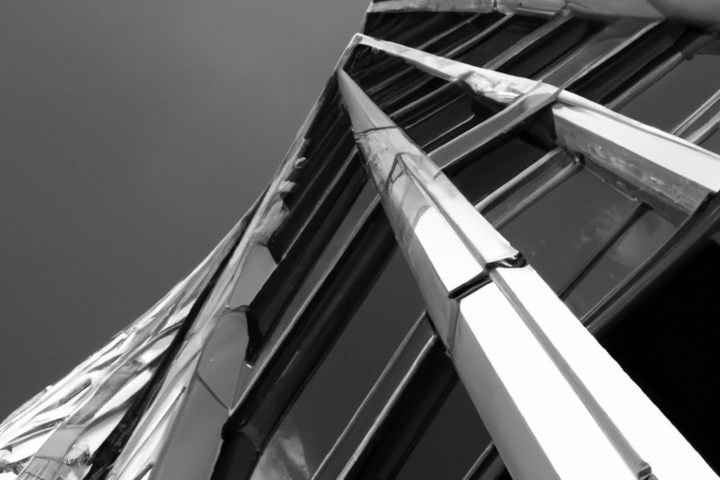

One Comment
Abhinav Solanki
I absolutely agree!